I WANT
RELATED LINKS
I WANT
RELATED LINKS
RELATES LINKS
I WANT
RELATES LINKS
Services
Related Links

คำค้นหาที่แนะนำ
ผลการค้นหา "{{keyword}}" ไม่ปรากฎแต่อย่างใด
ข้อแนะนำในการค้นหา
- ตรวจสอบความถูกต้องของข้อความ
- ตรวจสอบภาษาที่ใช้ในการพิมพ์
- เปลี่ยนคำใหม่ กรณีไม่พบผลการค้นหา
Use and Management of Cookies
We use cookies and other similar technologies on our website to enhance your browsing experience. For more information, please visit our Cookies Notice.
- Personal Banking
- Stories & Tips
- Protect My Family
- 7 innovations for the elderly to live easier and safer
- Personal Banking
- ...
- 7 innovations for the elderly to live easier and safer
7 innovations for the elderly to live easier and safer
02-06-2020
The fact that we are stepping into a complete aging society. Is a matter that has been around the world for quite a long time now. Therefore, not surprising that many countries Especially developed countries with technological potential like the United States of America Japan, or Europe, therefore, gave importance to and invented new innovations to help the elderly can live life by themselves easier and safer. In this article, we will introduce a part of the technology for the elderly. Which is certain that soon may be used in our home which is stepping into an aging society as well.
1. Face-Controlled Wheelchair
Whether post-comatose atrophy or degenerative sclerosis has taken the strength from your muscles, the Face-Controlled Wheelchair will return the power of mobility to you and you'll be cruising down the main drag in no time. It may be an early prototype, but the Face-Controlled Wheelchair made a string of impressive showings recently at Tokyo technology conferences. If the patient has muscle functionality above the neck, the device can be operated flawlessly. The Miyazaki University research team behind the project explains that turning the wheelchair is controlled by blinking and the user accelerates by clenching his or her teeth. Proximity sensors will automatically slam the brakes when a nearby object is detected, preventing amateurs from harming themselves. For the time being, the Face-Controlled Wheelchair implements a series of electrodes, though the researchers hope to replace them with wireless goggles.

2. Smart Hearing Aids
A smart hearing aid is an amazing idea with a tough job ahead of it. The elderly are not the most tech-savvy generation so being able to provide them with something they need attaching to something they may not is a task. The actual product, named ReSound LiNX, is amazing at what it does. The product is a very small hearing aid that inconspicuously sits in the ear. The hearing aid attaches to iPhones directly and it can be used to control volume, receive directions, provide weather updates, and a host of other things.
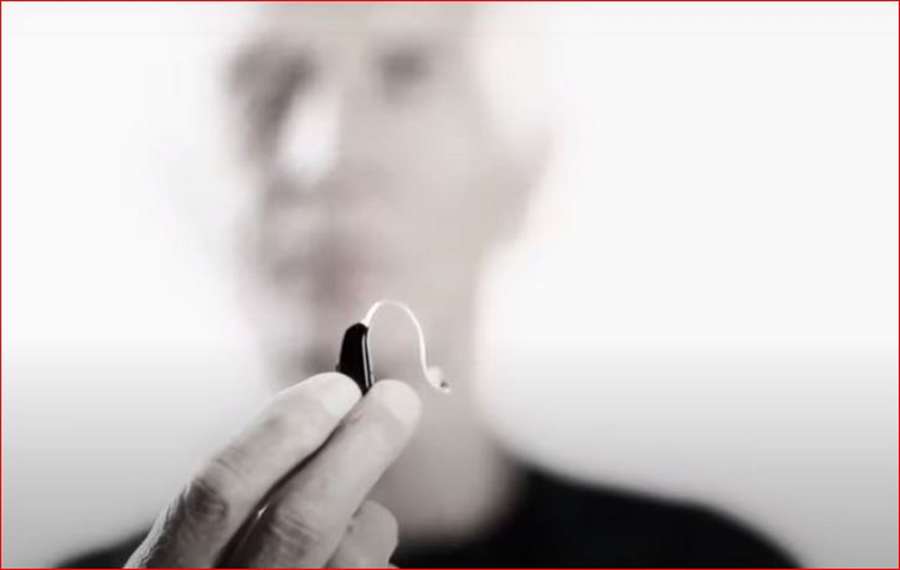
3. One-Armed Helper Bots
To help the disabled live more independently, Toyota has unveiled what it's calling the Human Support Robot. The Human Support Robot, or HSR for short, is specially designed to help with tasks like picking up fallen objects, fetching items, and closing curtains. Its resting height is 2.7 feet tall, but the body is telescopic and can grow to 4.3 feet when needed. the HSR is also outfitted with a single 2.5-foot arm that it uses to grasp and manipulate objects. Commands can be programmed and issued to the HSR via a tablet PC. the HSR can also support a tablet PC as a headpiece to make it seem less emotionless or to allow caregivers and family members to communicate with the robot's owner through services like Skype.
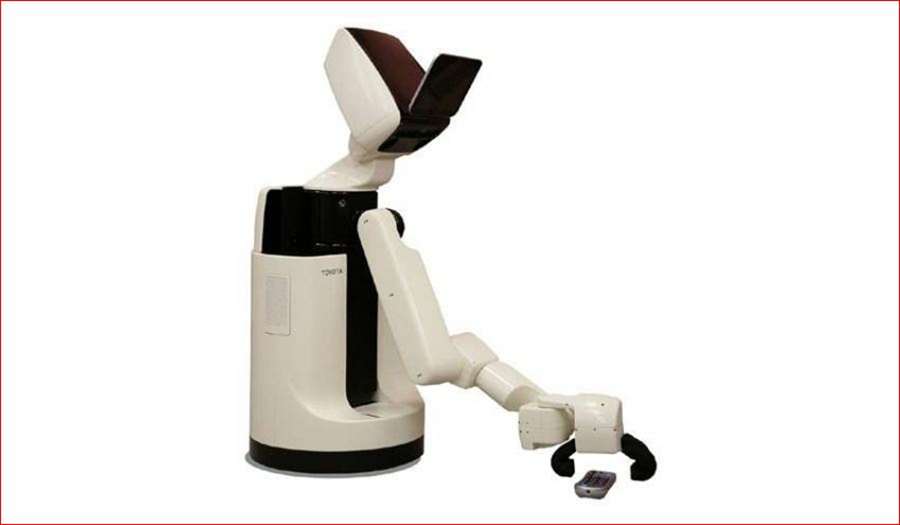
4.Future-Forward Walking Sticks
Those who intend on growing old (hopefully everybody) are going to want to check out the Isowalk. It's a new type of cane developed by Ron Goldberg. Goldberg's design is meant to be safer, ergonomic, and electronically connected -- that's right, a cane that can talk to a smartphone. For starters, the Isowalk has a unique, foot-shaped nub that helps stabilize the cane. The cane also has shock-absorbing material and a handle that swivels to accommodate those who are left-handed or right-handed. Goldberg also plans to integrate wireless connectivity into the Isowalk. This technology could be used to track the recovery of a person who has been injured. It could also be used to change the shock-absorbing function of the walking stick as the terrain changes. People are living longer, so it's time to start rethinking the design of our elderly aids -- yes, someday you too will be old.
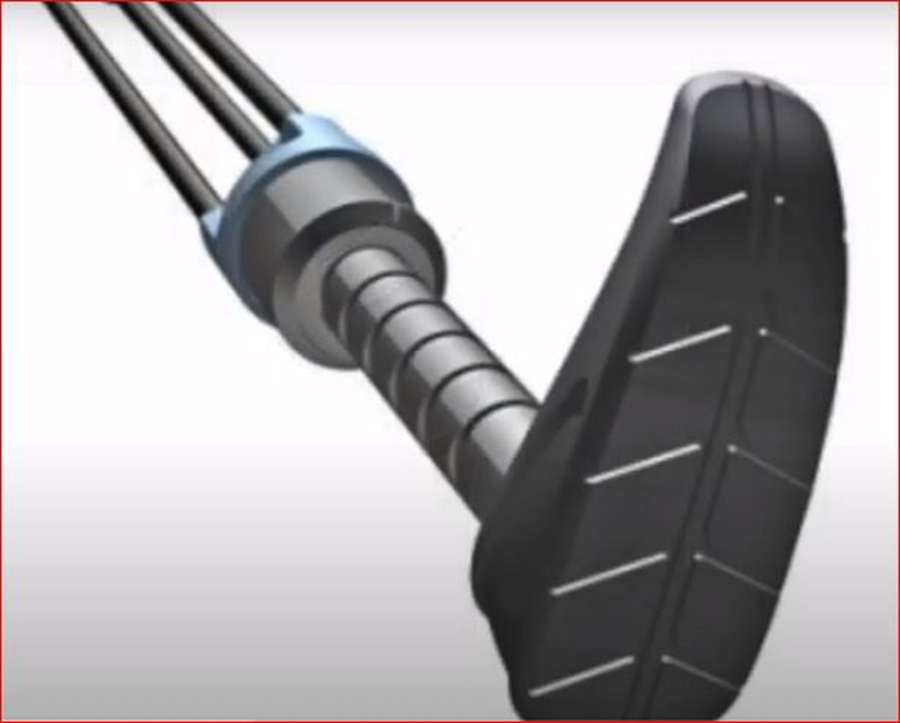
5.Smartly Sensored Diapers
The smart diaper serves purposeful to both new parents and senior citizens; designed to alert you when the diaper needs to be changed, this technology will make lives much easier. Researchers at the University of Tokyo created the first-ever flexible and disposable organic sensor. The sensor can be used within a diaper and it sends wireless alerts when it requires the diaper to be changed. The piece of technology that transfers the information has been printed on plastic film and because of its thin flexibility, it reduces discomfort for wearers.
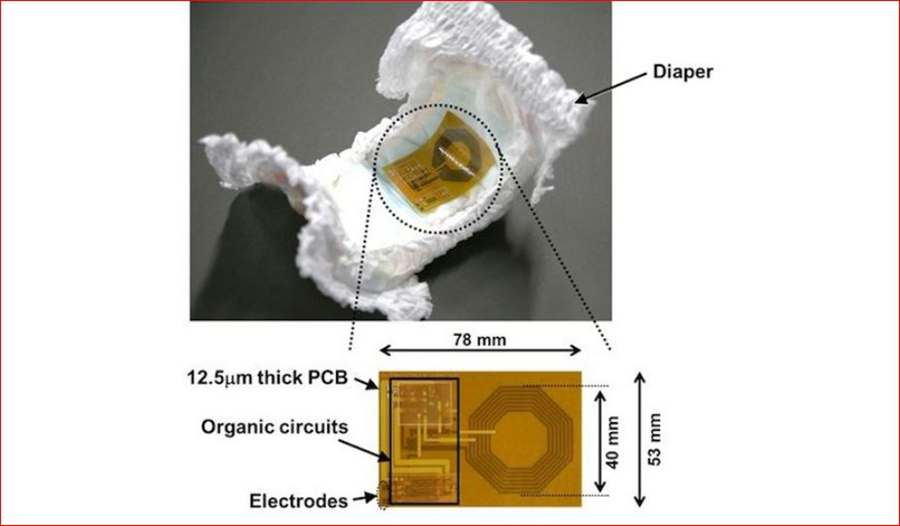
6.Cloud-Connected Pill Containers
Getting the elderly to follow a medication regimen would be easier than ever with the EasyPill. This conceptual device reminds senior citizens when to take their medication and how much to take. The pill pad is also connected to the cloud, making it easy for doctors to monitor the medication regimens of their patients. The EasyPill uses lights and a digital clock to remind seniors when it's time to take their pills. A ring encircles the correct bottle at the appropriate time, and a weight sensor measures whether the dose taken is too much or too little. All data is transmitted to a doctor who can monitor it using an accompanying app.

7. Smart Shower Systems
This shower system is targeted specifically for the elderly and obese, as these two groups often see the need to sacrifice their independence and privacy to maintain good hygiene. This system consists of two chambers: one to take a shower, and the other to dry the body. Users only need to stand and wait for the washer bars or dryers to move up and down to do the job. The good news is that bathrooms don't need to be renovated to allow room for this cabinet, as the Aqua Station is designed to be able to fit into existing UK-spec bathrooms. Additionally, it includes great features like sliding doors and water temperature controls.
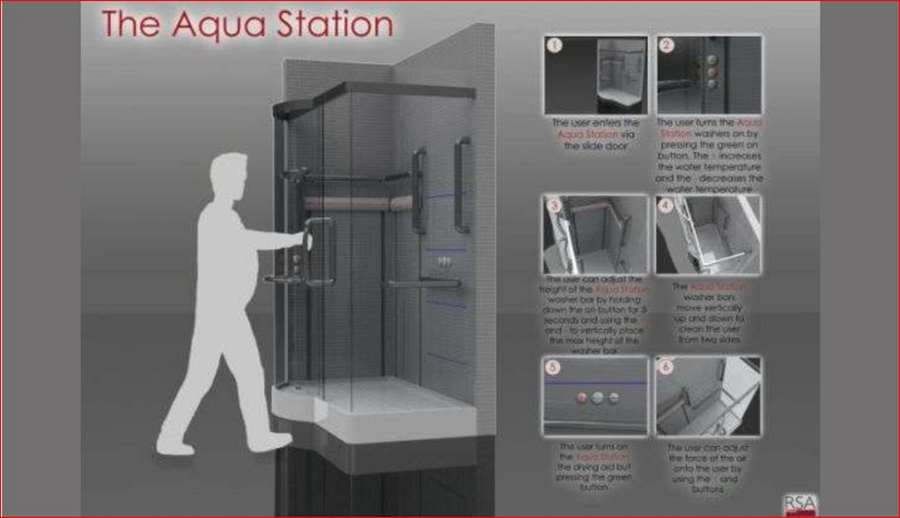
The example described is just a small part. Of innovations for the elderly that have been invented and developed. There are still many notable innovations. For people who are not yet very young, do not think that these are distant things. Because sooner or later, our parents or even ourselves May have to use these inventions by ourselves. Because research has shown that many older people want to live in their own homes rather than in elderly care facilities. And the increase of those who are single or without children will increase the number of elderly living alone in the future. These devices help elderly people today and, in the future, have a good quality of life.
Reference
https://www.trendhunter.com/slideshow/elderly-innovations